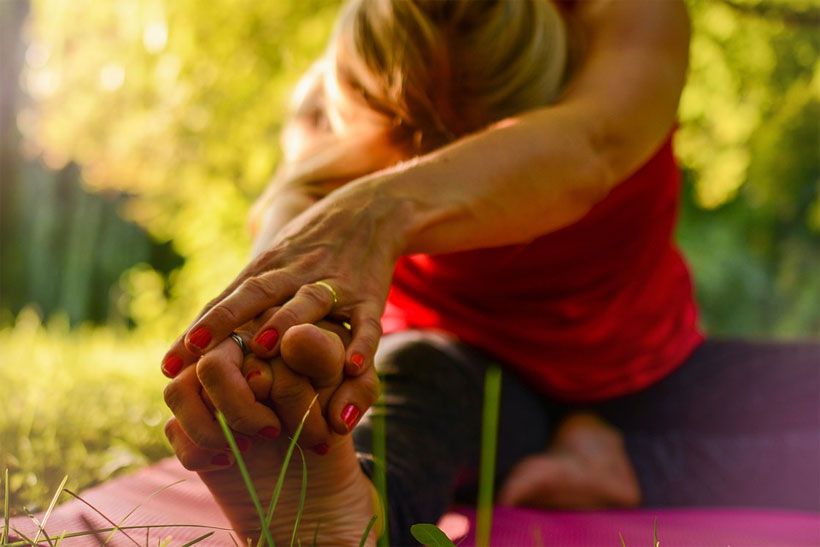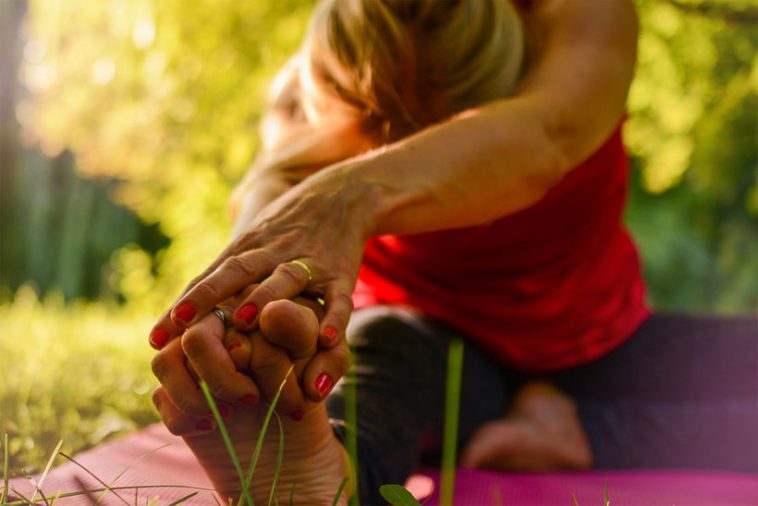- Like
- SHARE
- Digg
- Del
- Tumblr
- VKontakte
- Flattr
- Buffer
- Love This
- Save
- Odnoklassniki
- Meneame
- Blogger
- Amazon
- Yahoo Mail
- Gmail
- AOL
- Newsvine
- HackerNews
- Evernote
- MySpace
- Mail.ru
- Viadeo
- Line
- Comments
- Yummly
- SMS
- Viber
- Telegram
- JOIN
- Skype
- Facebook Messenger
- Kakao
- LiveJournal
- Yammer
- Edgar
- Fintel
- Mix
- Instapaper
- Copy Link
Introduction
 As an athletic individual, coping with an injury can be a stressful endeavor.
As an athletic individual, coping with an injury can be a stressful endeavor.
Any time a person experiences lifestyle changes, it can become challenging to adjust to.
You may find yourself confused and unsure about what to do next or what the future holds for you.
Whether you’re a professional athlete or a self-described “gym rat,” injuries don’t discriminate, and knowing how to handle yourself post-injury will help you heal better, faster, and promote long-term health.
Jan Wellmann, the CEO of technology company WaveLife.com, created the WaveLife Energy Cell to help individuals recover quicker from their injuries without compromising their long-term health.
“One of the biggest hurdles for people navigating a new injury is knowing how to manage that pain,” says Wellmann. “We developed a product based on decades of clinical research and hope to spread awareness about the importance of proper pain management.”
What You Need to Know About Coping After an Injury
With that in mind, here’s what you need to know about coping after an injury.
Expand Awareness of Prescription Painkillers
In 2017, the United States Health and Human Services declared a public health emergency on the country’s opioid epidemic. With at least 130 people dying every day from opioid related drug overdoses and millions of people misusing prescription painkillers, it’s imperative that you understand the risks.
Of course, there are many people that safely use narcotics as intended and never experience an addiction. However, it takes just one pill to feel the euphoric effects of an opioid and want more. Unfortunately, you never know how you’ll react to a narcotic until you’ve tried it. And injured athletic individuals are more prone to addiction because they are suffering from a compromised lifestyle, which can lead to stress and anxiety that extend much further than the injury from a psychological perspective. Heightened stress over loss of a routine can result in deeper cravings for the artificial “feel good” hormones that prescription painkillers offer.
This is especially true for athletes who are under pressure to perform and might use opioids to mask pain in order to play. Preventative action is always better than a reactive action. With that in mind, you should try to avoid painkillers when possible. Instead, opt for over-the-counter painkillers like Tylenol and ibuprofen.
Alternative Non-Addictive Pain Management
Now that you understand the importance of avoiding prescription painkillers when you can, you can start to think about alternative non-addictive pain management options. In addition to using OTC medication, forward-thinking technology like the WaveLife Energy Cell are also viable options, especially when it comes to chronic pain associated with athletic-related injuries. The technology uses Vital Fields to mimic naturally-occuring frequencies in the body that promote cell regeneration.
Methchild Rex-Najuch, a German naturopath-physiotherapist who studies the effects of vital fields on chronic pain, tested the Energy Cell on some of her patients. “Most of my patients are looking for something different,” she says. “They’re wondering how they can come out of a situation, and when we give them therapy with vital fields, they return calling it ‘scientific magic’.”
Already, several athletes have begun using the Energy Cell as an effective form of treatment for their injuries. Franz Klammer, a 25-time World Cup winner and downhill ski Olympic champion, said, “With this new Vital Fields technology, it took less than 10 minutes to find out where my weaknesses are and where I needed therapy. Within three or four days, I could bend my knee and feel completely pain-free.”
Physical Therapy
After an injury, your instinct might be to remain as sedentary as possible. But unless these are your doctor’s orders, you should try to walk and remain lightly active as you heal. While you may need rest at the beginning of an injury, you also want your muscles to stay strong and prevent scar tissue from attaching. A physical therapist will help you modify exercises and tailor them to your injury. Not only does it help your body become reacquainted with movement, but it also prevents you from that dismal feeling and depression that comes from disassociation of activity.
Don’t Let Your Injury Rule You
According to Wellmann, many forms of chronic pain are created or compounded by stress. When you are injured, it’s not uncommon for anxiety and depression to sink in. But it’s important to understand how these mental nuances make the problem worse and can increase the longevity of your injury. Rule your injury instead of letting it rule you. Reach out to other people or speak to a therapist if you feel yourself overwhelmed by self-doubt and/or loneliness.
Learn to focus on things other than your injury, like a new hobby or method of coping mechanism. For instance, there are several health benefits of journaling. James Pennebaker, a University of Texas at Austin psychologist, found that regular journaling strengthens immune cells called T-lymphocytes and decreases symptoms of arthritis. It’s also a very effective stress management tool, and you can use it to learn more about yourself, decipher your feelings, and release pent up aggression that might be making your muscles tense.
Meditation is another great way to release stress and gain control over your injury. While it cannot cure ailments, it can be used alongside traditional treatments like physical therapy and cell regeneration through products like the Energy Cell. IT relieves stress, reduces chronic pain, and alleviates headaches.
About Shannon Clark
Shannon holds a degree in Exercise Science and is a certified personal trainer and fitness writer with over 10 years of industry experience.

